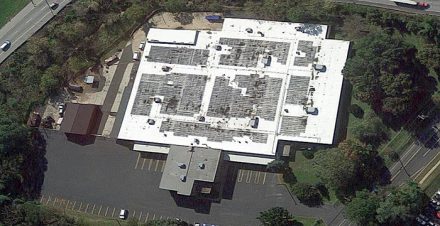Though the birth of optical communication systems dates back to the 1790s when the French Chappe brothers invented the first optical telegraph, the modern fiber optic cable took form during the 20th century. In 1977, the first live telephone traffic through fiber optics occurred in Long Beach, California. Just the beginning — today, advancements in fiber optic technology continue to permeate in nearly every facet of communication from transmission fibers in undersea, terrestrial, metro, and LAN networks, to specialty fibers used in amplifiers, lasers, sensors, and more. However, despite innovation, the true future of growth for fiber optic is through installation by private networks.
In 2015, there was a 13% increase in homes connected to the fiber optic network, just one small piece of the 12.3 million homes connected in the U.S. Michael Render, president of a firm that conducts studies on broadband, relates that with an increasing number of homes and new construction opting to “take,” and connect to the network, “the industry is poised for substantial growth over the next five years.”
Part of fiber-to-the-home’s growth has been driven by high levels of customer satisfaction. Heather Burnett Gold, president of the FTTH Council concedes that, “with faster speeds and better reliability, fiber sells itself.” Research further supports this claim as “FTTH consumers report higher than 50 percent satisfaction with fiber than with DSL or cable.” Consumers have a need for speed, and new construction can easily integrate FTTH to make properties more marketable to buyers. Across the U.S. there is almost a 50% “take” rate of homes choosing to connect to fiber. In the words of FCC Chairman Tom Wheeler, “better broadband will unleash new innovations and services all to improve our lives,” providing fiber to the home through private networks is just one aspect of that.
The United States isn’t alone in opting in for FTTH, across North America there has been an increase in “take” rates. Canada’s growth alone has 2.4 million homes marketed for fiber-to-the-home. Providers represent the other half of the equation that will ultimately fuel growth in private networks, over half of the 1,000 plus North American service providers are expected to offer gigabit within the next five years. Verizon, AT&T, and Google Fiber have all made a splash on the scene with the lure of 1-gigabit speeds and are already promising speeds up to 2 gigabits.
And private networks aren’t exclusive to big cities. Rural communities have also increasingly opted in for fiber-to-the-home, supporting the growth of private networks. Fiber is even being installed by local communities to provide super fast connection. B4RN or Broadband for the Rural North Ltd., in northern England, has taken it upon themselves to install fiber for their community, indicating another dimension of the stimulation that private networks can offer.
Since 1936, General Machine Products has been a leader in supplying the telecom industry, supporting both private and public development. To discover a suite of cable blowers capable for a variety of installation needs, visit us today at gmptools.com or call us at 215-357-5500.





